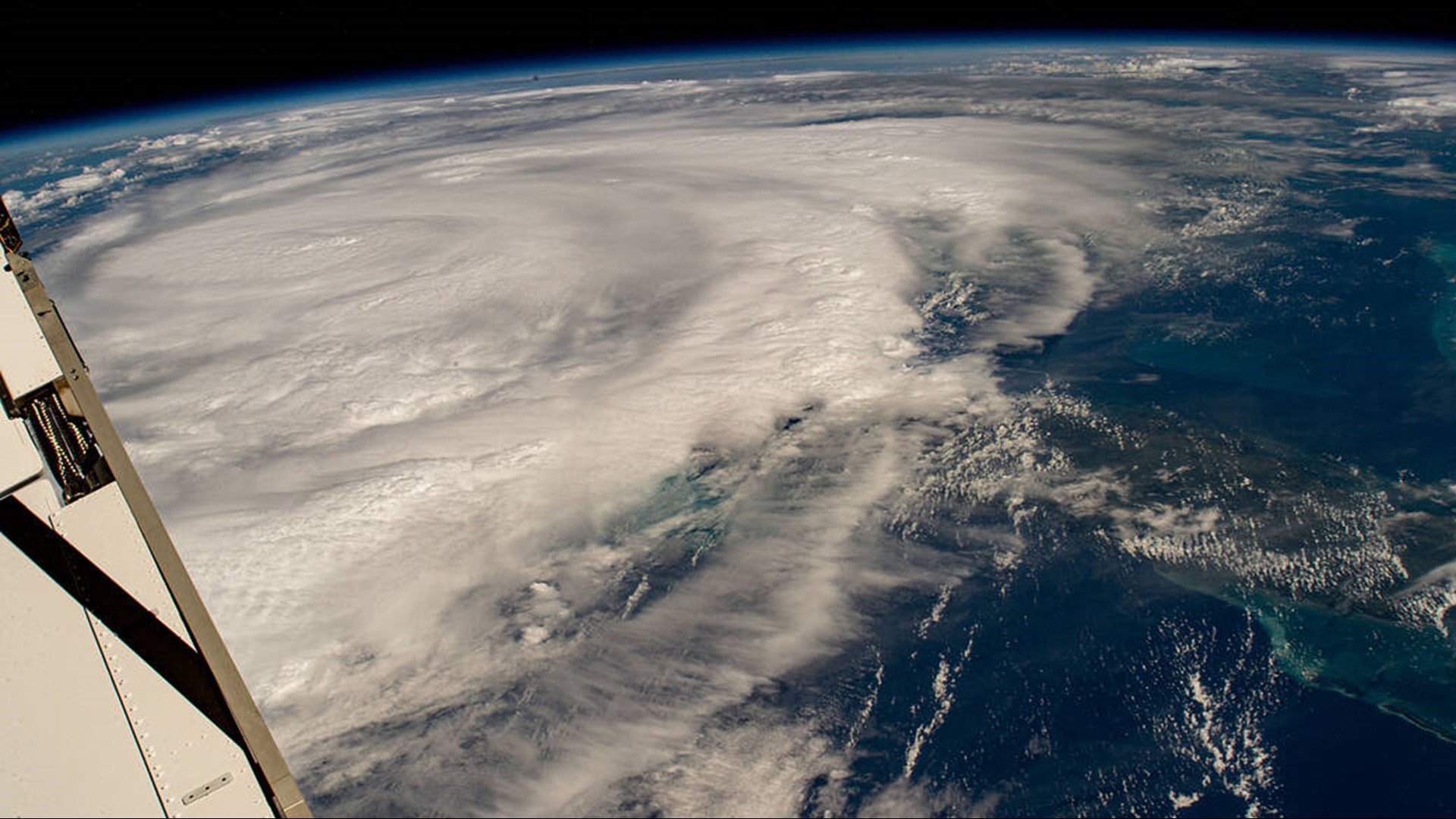ATLANTA — Idalia slammed into Florida's big bend as a high-end category 3 hurricane with winds of 125 mph. Not only were the winds strong, the estimated storm surge reached an estimated 10 feet in some locations.
For those living along the coast, making the final decision in the 24 hours leading to landfall to stay or go can be difficult, because many of our landfalling hurricanes look a lot different at landfall than just a day or two before.
Twenty-four hours before landfall, Idalia was a low-end cat 1 hurricane.
However, Idalia underwent 'rapid intensification', when a tropical cyclone's winds increase at least 35 miles per hour in a 24-hour period. Idalia’s winds increased 55 miles per hour in that time.
Rapid Intensification is very common in our stronger hurricanes. A 2016 study found that around 80% of major hurricanes undergo rapid intensification.
For a storm to undergo rapid intensification, several factors have to come together just perfectly, like Goldilocks and the three bears, including warm ocean waters, a moist environment, and a lack of wind shear. It's a fine atmospheric dance of these factors aligning that help a storm intensify very quickly.
And this year, record warmth in the Atlantic seems to be a driving factor.
“The extremely warm ocean temperatures this year are the leading factor of the rapid intensification of hurricanes like Franklin and Idalia," explained Dr. Rosimar Rios-Berrios, a climate scientist with the National Center for Atmospheric Research and a member of ‘Science Moms’. She specializes her research around climate change with tropical systems and flooding.
Dr. Rios-Berrios said rapid intensification will become more common as our climate warms.
“What climate projections agree with is that the fraction of hurricanes that undergo rapid intensification and the storms that reach category 4 and 5 strength may increase in the next 10 or 20 years”
While climate projections align to show this rapid strengthening will become more common, there is still uncertainty as to whether or not the overall number of tropical cyclones will increase.
In the last decade, there have been 20 landfalling hurricanes in the United States, including Idalia this August. Of those 20, eight reached major hurricane status.
One of the deadliest facets of landfalling tropical systems, storm surge, will also become more extreme in a warmer climate.
“A stronger hurricane is able to push more water inland but on top of that if you add a higher level of the sea level, there’s also more water to be pushed inland," Rios-Berrios added. A compound effect that put millions along the coast at higher risk.

